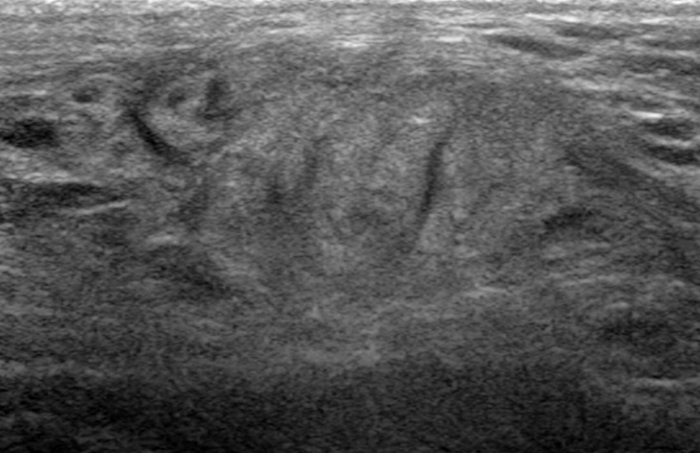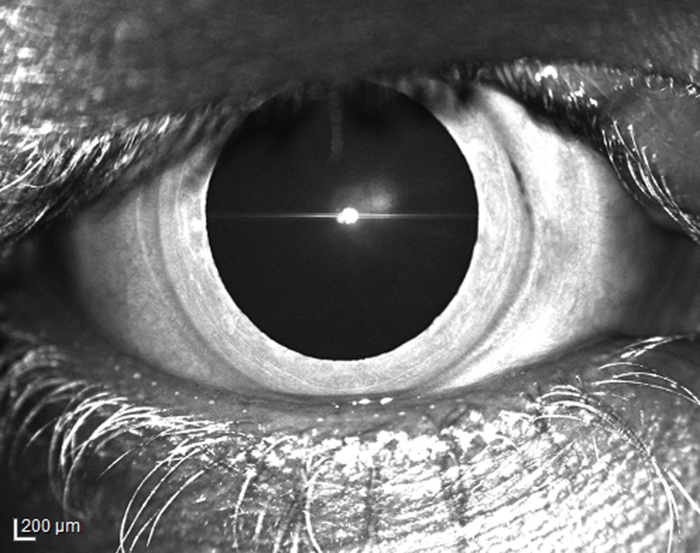
Vitreoretinal Lymphoma
Vitreoretinal lymphoma is a form of central nervous system (CNS) lymphoma that often is misdiagnosed as uveitis, but is the most common form of intraocular lymphoma. A proper diagnosis of vitreoretinal lymphoma requires the histological identification of lymphoma typed cells within the vitreous of the globe or retina which can be a trick due to …
San Francisco Weekend

Interesting Paper: Looking Inside A Trilobite Eye
Trilobites were one of the most successful marine arthropods that lived from the Early Cambrian throughout the Devonian, finally going extinct in the Permian ages, a run of over 270 million years. They are well represented in the fossil record and even the earliest forms had complex compound eyes much like modern arthropods. These eyes …
Continue reading “Interesting Paper: Looking Inside A Trilobite Eye”
Interesting papers: Light and vision in the deep-sea benthos
Vision in fishes and crustaceans is a fascinating and understudied area. In past decades, there were far more studies on the visual systems of sea-dwelling creatures, but with the push towards applied or translational research, the number of reports in these species have dropped off, much to our detriment as one never knows where the …
Continue reading “Interesting papers: Light and vision in the deep-sea benthos”
Biological Tempest In A TeaPot

Photonic Crystal Light Collectors In Fish Retina Improve Vision In Turbid Water
Fish have some of the most amazing retinas in the animal kingdom. Like other fish species that live in environments with little to no light, the elephantnose fish (Gnathonemus petersii) use electrical fields to navigate through dark and murky waters. However, unlike some of those species, the elephantnose fish has not lost its eyes through evolution …
Continue reading “Photonic Crystal Light Collectors In Fish Retina Improve Vision In Turbid Water”
Hangar One, 2013

Notable Paper: Paired-Pulse Plasticity In The Strength and Latency of Light-Evoked Lateral Inhibition to Retinal Bipolar Cell Terminals
I’ve been doing some reading in plasticity recently and found this paperin the Journal of Neuroscience by Evan Vickers, Mean-Hwan Kim, Jozsef Vigh, and Henrique von Gersdorff published last summer that looks at short term plasticity in the Inner Plexiform Layer mediating light adaptation. Working in goldfish (Carassius auratus auratus) retina (an amazing retina), Vickers et. al. used …
Winter Running Series, 2013

Interesting: The Spatial Organization Of Cholinergic Mosaics In The Adult Mouse Retina
This Short Communication published in the European Journal of Neuroscience back in 2000 by Lucia Galli-Resta, Elena Novelli, Maila Volpini and Enrica Strettoi was a paper I did not know existed. That said, I ran into it the other day looking for some reference material and found it to be quite useful. This communication represents an analysis of …
Gray Day

Vogt Koyanagi Harada Syndrome (VKH)
This imagery is from a patient with Vogt Koyanagi Harada Syndrome (VKH). VKH is a presumed autoimmune disease that presents with waxing and waning subretinal fluid. There is chromic uveitis with other neurological and dermatological symptoms. The precise mechanism of the disease is unknown, though it is thought that the autoimmune involvement of melanocytes in …
Eye Check

Ice And Snow
